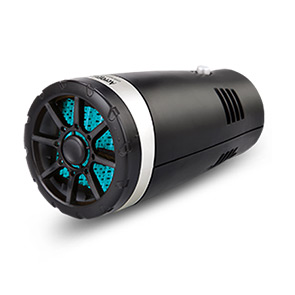clutch slave cylinder hydraulic line
Understanding the Clutch Slave Cylinder and Hydraulic Line A Critical Component of Vehicle Performance
The clutch system is a vital part of any vehicle with a manual transmission, facilitating smooth gear changes and overall driving efficiency. Within this system, the clutch slave cylinder and hydraulic line play essential roles that are often overlooked by many car owners. Understanding these components can help in maintaining the vehicle's performance and ensuring longevity.
The clutch slave cylinder is a crucial component of the clutch hydraulic system, which operates through hydraulic fluid to engage and disengage the clutch plate. When the driver presses the clutch pedal, this action generates hydraulic pressure transmitted through the hydraulic line to the slave cylinder. The slave cylinder, located near the transmission, responds by pushing a rod that moves the clutch fork. This motion allows the pressure plate to release the clutch disc, enabling smoother gear shifts.
Hydraulic lines are equally important because they transport hydraulic fluid from the master cylinder to the slave cylinder. Constructed from durable materials, these lines must withstand high pressure and variable temperatures while preventing leaks. Proper maintenance of the hydraulic lines is essential; any wear or damage can lead to fluid leaks, resulting in a loss of hydraulic pressure and, consequently, clutch failure.
clutch slave cylinder hydraulic line

One of the common problems associated with the clutch slave cylinder and its hydraulic line is the build-up of air within the system. This can occur over time, often due to fluid leaks or if the hydraulic line is not sealed properly. If air enters the system, it compromises the hydraulic fluid’s ability to transmit pressure effectively, leading to a spongy clutch pedal feel or complete clutch failure. Regular bleeding of the hydraulic system can eliminate air and ensure optimal performance.
Additionally, signs of a failing clutch slave cylinder may include difficulty in shifting gears, an unusually high or low clutch pedal position, or fluid leaks near the transmission area. Regular inspections and timely replacements of worn-out or damaged components can prevent these issues and enhance the vehicle's reliability.
In conclusion, the clutch slave cylinder and hydraulic line are integral to the clutch system's functionality. Understanding their roles can empower drivers to recognize potential problems early and ensure smooth and efficient vehicle operation. Regular maintenance checks, including fluid replenishment and inspection for leaks or damage, are essential practices that contribute to the overall health of the clutch system and, by extension, the vehicle itself. By appreciating the importance of these components, drivers can foster a richer driving experience, ensuring that every gear change is as seamless as possible.
-
Workings of Clutch Pipe and Hose SystemsNewsJun.04,2025
-
The Inner Workings of Hand Brake Cable SystemsNewsJun.04,2025
-
The Secrets of Throttle and Accelerator CablesNewsJun.04,2025
-
The Hidden Lifeline of Your Transmission Gear Shift CablesNewsJun.04,2025
-
Demystifying Gear Cables and Shift LinkagesNewsJun.04,2025
-
Decoding Clutch Line Systems A Comprehensive GuideNewsJun.04,2025
